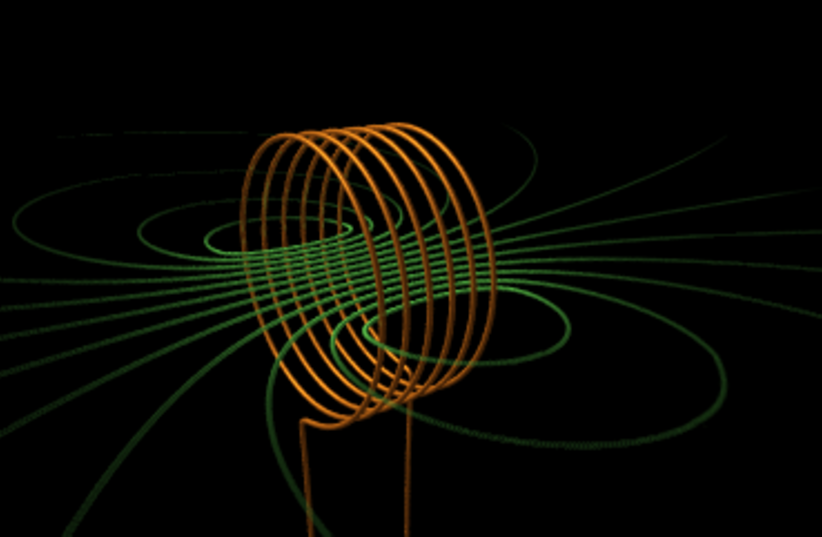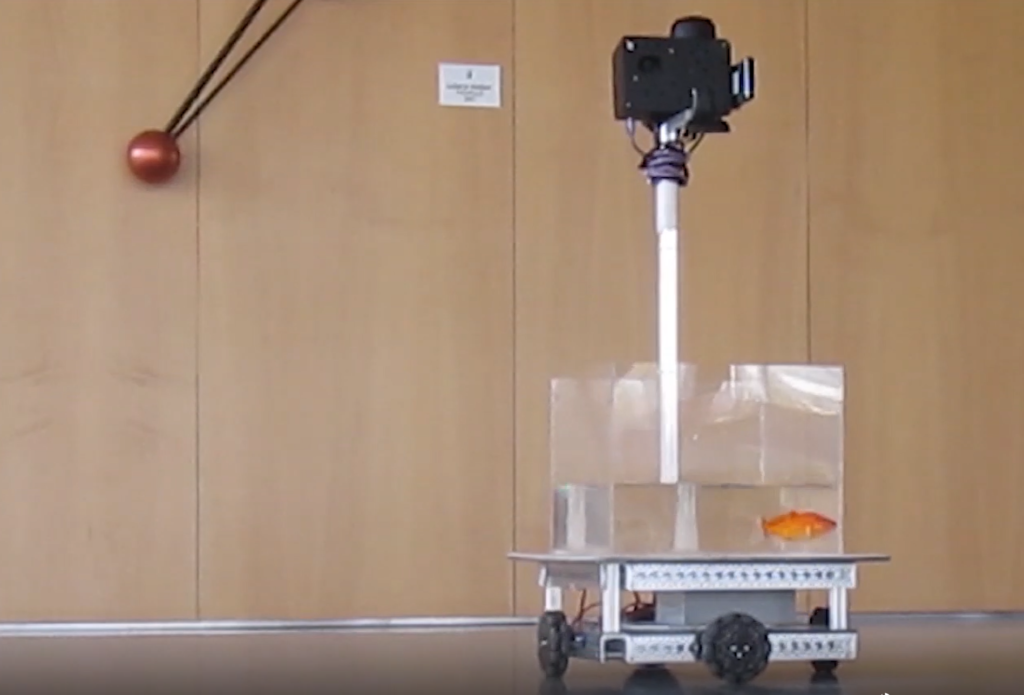
Mini-Robot Helps Doctors Peer Inside
May 24, 2019
Medical Research, Robotics & High-Tech
By Erin Biba, an Americans for Ben-Gurion University 2018 Murray Fromson Journalism Fellow
Daily Beast – Doctors have lots of ways of seeing what’s going on inside your body, but none of them is really ideal. Pictures from the outside obviously don’t show everything. Colonoscopies are uncomfortable and can only reach your lower intestine. And even modern, advanced PillCams, while revolutionary, only give doctors access to a limited amount of information and have to be retrieved and returned by the patient for reading.
So researchers at Ben-Gurion University of the Negev are building a miniature robot inspired by an inchworm that can be controlled by remote and gives doctors unprecedented access to your insides.
In developing their inchworm robot, Dr. David Zarrouk, director of BGU’s Bio-Inspired and Medical Robotics Lab and a lecturer in the Department of Mechanical Engineering, was hoping to find a method that could improve the access of PillCams in difficult-to-reach parts of the intestine — specifically, the small intestine.
According to Zarrouk: “Ten or 12 years ago a company started developing cam pills. A person can swallow it, it goes through the digestive system and takes photos from all over. This is a great idea because it allows doctors for the first time to take photos from the small intestine, which is connected to the stomach from one side and large intestine on the other side and it’s very, very hard to reach.”
But the camera pill has drawbacks, he says. First, it takes many hours for the pill to make its way naturally through the digestive system—it has no means of propelling itself. Next, the pill can often become lodged in parts of the intestine and then slip out and slide very fast through the rest of the body, meaning it will capture fewer photos and they will be lower quality.
“If we can make the camera self-propelled, the doctor can be sitting near the patient moving the camera. It can happen faster and when he reaches the zone he cares about, he can stop it, take more photos and then continue. And when he doesn’t care about stopping he can run quickly through,” says Zarrouk.
What’s special and unique about the ability to control the robot this way is that a doctor will be able to use ultrasound to locate the robot inside a person’s body and know exactly where it is when it spots a problematic area. With current camera pills, the location of points of interest are impossible to distinguish because everywhere inside the intestine looks the same: gray.
To build the robot, Zarrouk and his team turned to forms of motion that would work well inside flexible areas. Their main inspiration is the worm. It moves in a wavelike pattern, has the shape of a helix (like DNA) and it can be propelled from one end—meaning their robot would only need a single motor and a series of joints. They started out building it quite large to prove the concept and have been reducing it in size with each generation. The latest version of the robot is 4 cm long and 1.5 cm wide and was recently successfully tested inside a pig’s intestine.
“Our specific robot works better inside tube-like environments. When there’s pressure on it from top and bottom it can run faster,” he says. They’d like the final product to reduce in size down to about 2 cm long and 1.2 cm wide, but they’re currently limited by the size of motors available on the market. To achieve this, the team is searching for a partner that has manufacturing capability and can help build a smaller motor.
There are a few other aspects that also need to be worked out—the robot is currently powered by external wiring so it needs a battery and it also needs to be equipped with wireless communication (both tasks, he says, should be easily achieved with currently available technology).
Eventually, Zarrouk says he’d like the robot to be able to perform more complicated tasks than simply taking pictures. For example, if a doctor reaches a point of interest, perhaps one day the robot will be able to drop a bit of medicine in a targeted location or take a small biopsy without having to perform surgery from the outside.
Zarrouk says it shouldn’t feel too strange to have a self-propelled, wireless, inchworm robot making its way through your intestines. “We spoke to doctors about this. The intestines are sensitive to pressure but something crawling inside it shouldn’t be painful. Maybe some tickling.”




